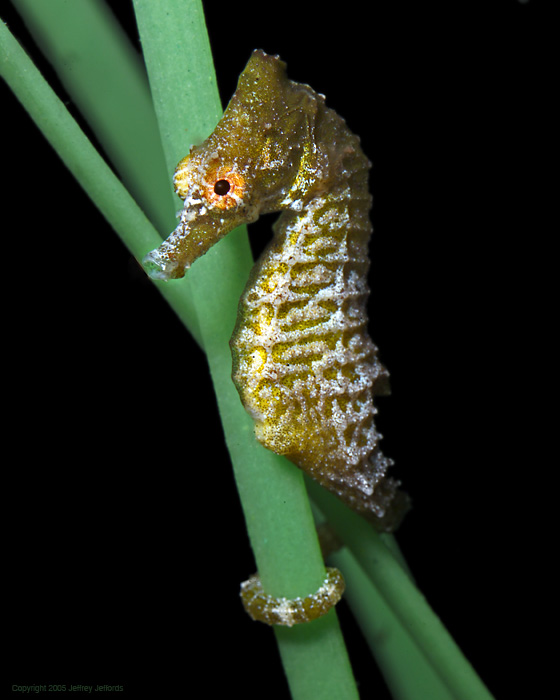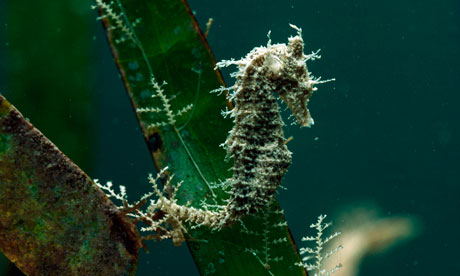The Zoological Society of London recently announced its discovery of a new species of elephant shrew. A DNA analysis to be performed to verify that the creature is indeed its own, heretofore unknown species. Those who have seen the above photograph of the new animal believe that it is indeed an independent creature, from the photo alone, simply because of its large size and coloring. Camera traps were set after a zoologist failed to recognize the unique looking animal in a north-eastern Kenyan forest. If this proves to be a unique species of elephant shrew, it will be only the eighteenth type of the strange animals to have been discovered.
Elephant shrews are found only in Africa, spread among various types of African landscapes, from mountains to forests to deserts. Elephant shrews, also known as sengis, are known most notably for their long snouts and small size. They are, interestingly, not actually related to shrews at all, but are instead more closely related to elephants, aardvarks, and hyraxes. They are very active during the daytime, but are not particularly social, aside from their monogamous relationships. They mostly eat worms and insects, and the occasional plant matter, using their nose to locate the food, and their tongue and teeth to take in pieces of their small prey. They have short life spans, living only up to four years.
The large elephant shrews are almost all considered to be vulnerable or endangered. The species are threatened by forest clearing and other forms of habitat destruction, as well as by being targeted as food. Conservation efforts have not been focused on the elephant shrews in particular, but some action has been done to protect the areas where they live.






